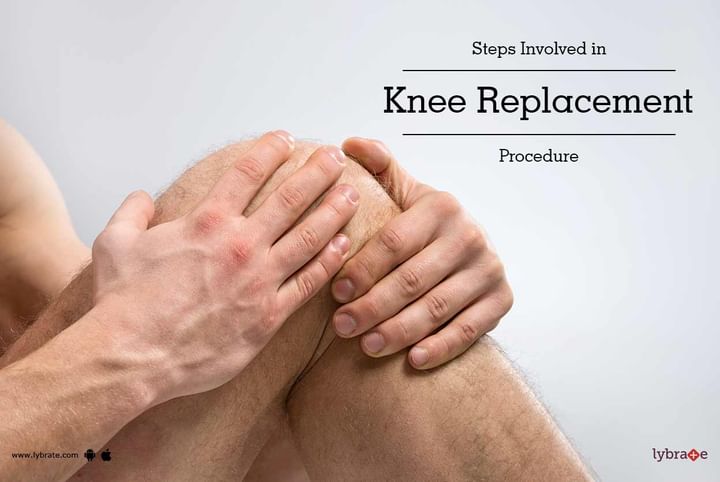Steps Involved in Knee Replacement Procedure
Knee replacement is a procedure where the weight-carrying surfaces of knee joint are replaced surgically to ease the pain or any disability. People suffering from osteoarthritis, rheumatoid arthritis or psoriatic arthritis undergo knee replacement. All these conditions revolve around stiffness and painful knee. This surgery is usually performed on people aged over 50.
Surgery Types:
Knee replacement is mainly of two main types:
- Total knee replacement where both the sides of knee joints are replaced
- Partial knee replacement where only single side of the joint is replaced
Procedure: In case of partial knee replacement with minimal invasion, a smaller incision, which is 3 to 5 inches, is required. This leads to minimal tissue damage and the surgeon can work between the fibres of the quadriceps muscles. Here, an incision through the tendon is not required. This may result in less pain, recovery time is reduced, and motion is better as scar tissue formation is less.
In total knee replacement, four steps are performed:
- Removal of damaged cartilage surfaces, which is at the ends of the femur and tibia, with a small quantity of underlying bone.
- Replacement with metal components, which help as a recreated surface of the joint
- Incision of knee cap with a resurface made of a plastic button, which is optional based on the case
- Insertion of a medical grade plastic spacer amid the metal components. This creates an effortless gliding surface.
After general or spinal anaesthesia, an incision of 8-12 inches is made in the front part of the knee. Joint part which is damaged is removed from the surface of the bones. The surfaces are then formed in a way to hold a metal or plastic artificial joint. The thigh bone shin as well as knee cap is attached to the artificial joint with either cement or a special material.
After Effects of the Procedure: After the surgery, patients may stay in a hospital for three to five days. Post surgery, notable improvement can be seen after a month or later. The patient is gradually relieved from pain with the construction of new gliding surface during surgery.
There will be slow progress in the movement. In the beginning, one may walk with a support of parallel bars and then with the help of crutches, walker, or cane. After full recovery in about six weeks, people can enjoy normal activities except running or jumping.
Presently, over 90% of total knee replacements function well even after 15 years of surgery. Hence, knee problem is no problem at all!



+1.svg)
